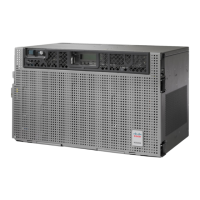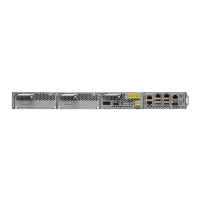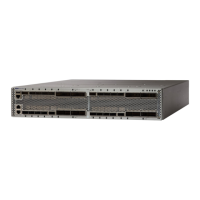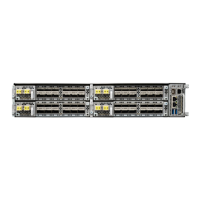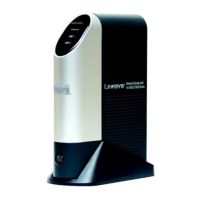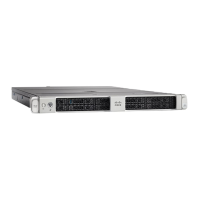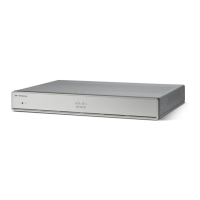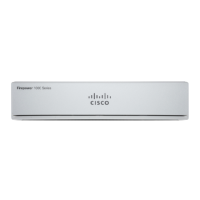Step 3 If you have been monitoring the circuit with optical test equipment, a mismatch between the provisioned circuit size and
the size expected by the test set can cause this alarm. For specific procedures to use the test set equipment, consult the
manufacturer. Ensure that the test set monitoring is set up for the same size as the circuit provisioning.
Refer to the manufacturer instructions for test-set use.
Step 4 If the error is not due to an incorrectly configured test set, the error is in the provisioned CTC circuit size. Complete the
Delete a Circuit, on page 454 procedure.
Step 5 Recreate the circuit for the correct size. For procedures, refer to the Create Circuits and VT Tunnels chapter in the
Configuration guide.
If the alarm does not get cleared, you need to report a Service-Affecting (SA) problem. Log into the Technical Support
Website at http://www.cisco.com/c/en/us/support/index.html for more information or log into http://www.cisco.com/c/
en/us/support/web/tsd-cisco-worldwide-contacts.html to obtain a directory of toll-free Technical Support numbers for
your country.
LO-RXPOWER
Default Severity: Minor (MN), Non-Service-Affecting (NSA)
Logical Objects: 2R, ESCON, FC, GE, ISC, OCN/STMN, TRUNK
The Equipment Low Receive Power alarm is an indicator for TXP_MR_10G, TXP_MR_2.5G,
TXPP_MR_2.5G, TXP_MR_10E, TXP_MR_10E_C, TXP_MR_10E_L, MXP_2.5G_10G, OC192-XFP,
ADM-10G, and OTU2_XP card received optical signal power. LO-RXPOWER occurs when the measured
optical power of the received signal falls below the threshold value, which is user-provisionable.
Clear the LO-RXPOWER Alarm
SUMMARY STEPS
1. Check the PM of the TRUNK-RX port. Verify that received power is above the optics threshold:
2.
3. Determine whether a bulk attenuator is specified by the Cisco TransportPlanner design. If so, verify that
the proper fixed attenuation value has been used.
4.
5. Look for any alarm reported by the DWDM cards belonging to the OCHNC circuit whose destination is
the faulty TXP/MXP and first troubleshoot that alarm. Possible alarm related include: amplifier Gain
alarms (the GAIN-HDEG , on page 208 alarm, the GAIN-HFAIL , on page 210 alarm, the GAIN-LDEG
, on page 211 alarm, or GAIN-LFAIL , on page 211 alarm); APC alarms (the APC-CORR-SKIPPED , on
page 119 alarm or APC-OUT-OF-RANGE , on page 120 alarm), and LOS-P alarms on the Add or Drop
ports belonging to the OCHNC circuit.
DETAILED STEPS
Step 1 Check the PM of the TRUNK-RX port. Verify that received power is above the optics threshold:
a) In node view (single-shelf mode) or shelf view (multishelf mode), double-click the card to display the card view.
Cisco NCS 2000 series Troubleshooting Guide, Release 11.0
271
Alarm Troubleshooting
LO-RXPOWER
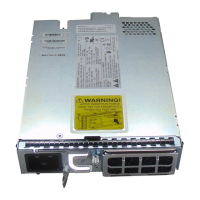
